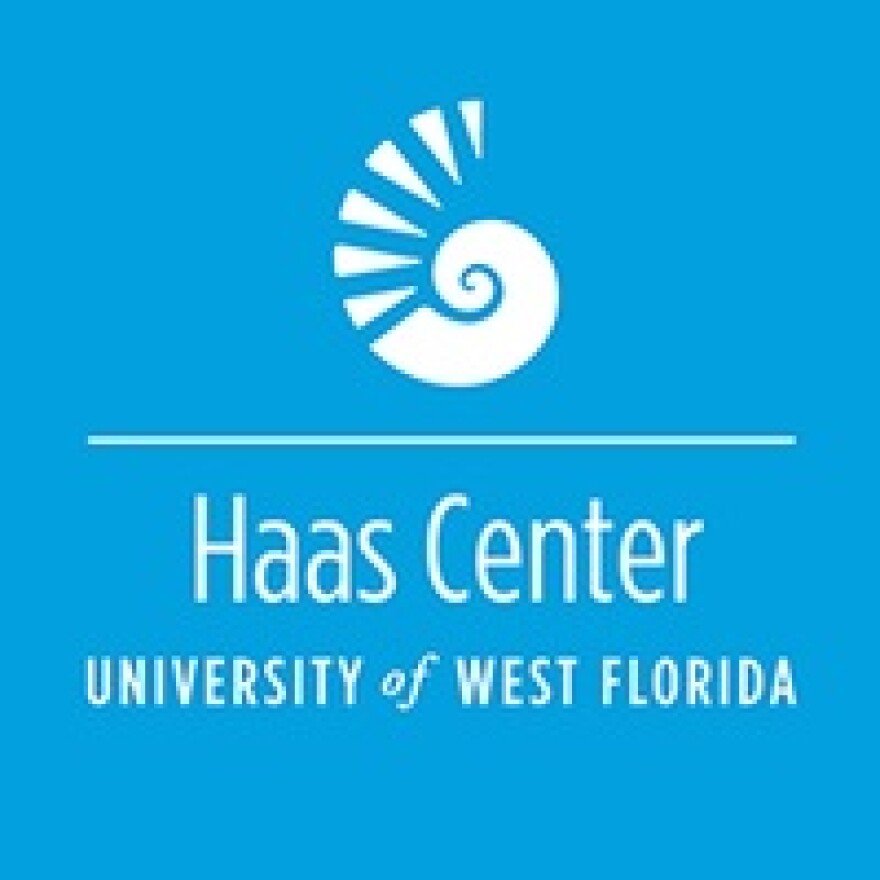What you pay for food, housing, utilities and other expenses depends in part on your address. That’s the subject of a new cost of living study from the Haas Business Center at the University of West Florida.
When it comes to cities in Florida, the Pensacola metropolitan area – Pensacola/Ferry Pass/Brent – was in the middle of the pack in inexpensiveness, according to the Haas Center’s Amy Newburn, who oversaw the study.
“So, it is certainly far less expensive than say, a Fort Lauderdale or a Miami area,” Newburn says. “But you still find that Orlando or the Jacksonville areas are less expensive than Pensacola — when you look at the index value — because of the ‘Basket of Goods.’”
“Basket of Goods” refers to a fixed set of consumer products and services valued on an annual basis and used to track inflation in a specific market or country.
“You might find that housing is more expensive in an area than you might expect; so while we traditionally think, ‘oh, this region is going to be much more expensive,’ it really depends on which area of cost of living you’re looking at to really understand the whole picture.”
Here are some of the numbers on a composite index, where 100 is the average.
- Pensacola is sixth at 93.5 overall;
- Fort Lauderdale has the highest overall score, 118.8,
- Tampa’s 89.7 is lowest among Florida’s top ten metros.
“Tourism may impact housing costs differently in the Pensacola region than it might in other areas,” Newburn said. “Certainly health care or transportation is going to look different in a region that’s a little more spread out than, say, condensed. All of those factors are important.”

But this goes beyond the Sunshine State. Newburn and her team compared those scores to indices nationwide.
“You look at some place like San Francisco or New York; San Francisco Index value was 197; nearly double the national average for cost of living,” said Newburn. “Whereas New York and Boston also were both above 100.”
The Haas study took aim at a number of areas, including those mentioned earlier. What caught Newburn’s attention is Pensacola’s middle-of-the-pack standing, which she says is because of a couple of categories – utilities and health care.
“We call up doctors’ offices and get the price sheet from our local utilities, and put all of that data,” Newburn says. “New housing is less expensive here than in other regions. And grocery stores as well. Out of our ten Florida metros, [Pensacola was] the 7th least expensive.”
Besides working with the national Council for Community and Economic Research – C2ER – Newburn says they also share the data every quarter with partners in northwest Florida and the public on the Haas website.
“Typically chambers [of commerce], economic development agencies, they produce that,” said Newburn. “But I also think it’s really important for businesses when they’re thinking about expanding or growing. They may want to know what the cost of living here is compared to where they might have other locations.”
The data are also useful, says the Haas Center’s Amy Newburn, for people nearing retirement and needing research on the best places to live.
“We know that some of the more expensive areas have seen an ‘out-migration’ pattern, as retirees have come to Florida,” says Newburn. “So when you look at places like northwest Florida – with our beautiful beaches – and you see that we’re at a 93.5 index value we’re certainly less expensive than, say, a New York City metro area.”
More information on the study is available at the Haas Business Center website, and at www.c2er.org.

